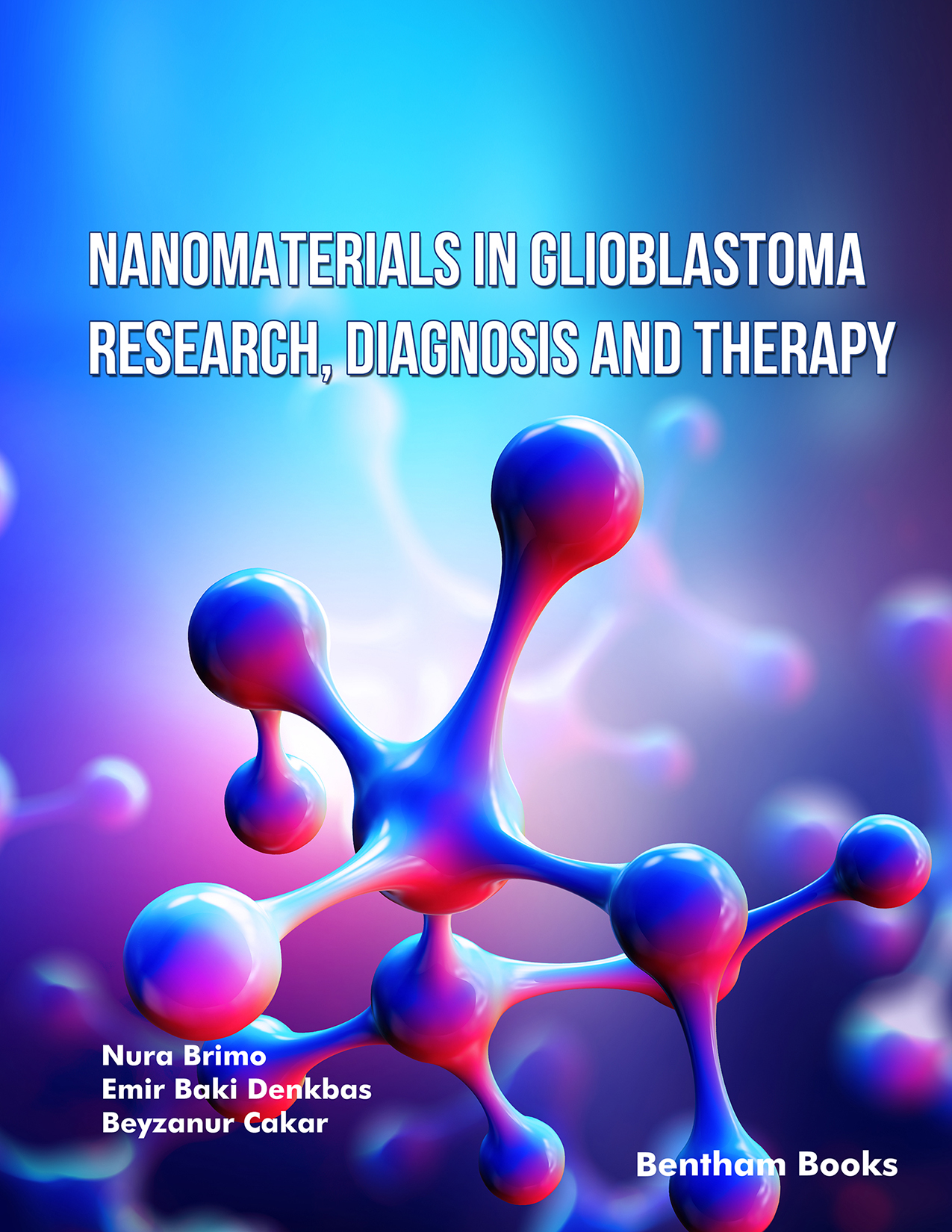Preface
Welcome to "Nanomaterials in Glioblastoma Research, Diagnosis and Therapy"! In this groundbreaking book, we explore the unprecedented potential of nanotechnology in revolutionizing the field of glioblastoma research, diagnosis, and therapy. Glioblastoma, the most aggressive form of brain cancer, has posed significant challenges to clinicians, researchers, and patients alike for decades. Current treatment options often fall short of providing effective and long-lasting solutions. However, with the advent of nanotechnology, a new era of possibilities has dawned upon us.
The integration of nanomaterials into glioblastoma research has allowed for remarkable advancements in detection, imaging, drug delivery, and therapy. Nanotechnology offers precise control over the targeted delivery of therapeutics, enabling the enhancement of treatment efficacy while minimizing side effects. Moreover, nanomaterials possess unique physicochemical properties that can be harnessed for improved diagnostics and monitoring of glioblastoma progression. This book brings together leading experts in the field, who have made significant contributions to the development and application of nanomaterials in glioblastoma research and therapy. Each chapter explores the latest discoveries, methodologies, and breakthroughs, providing a comprehensive overview of the current state of the art in nanotechnology for glioblastoma.
We begin by delving into the fundamental principles of nanomaterials, their synthesis, and characterization techniques. Subsequently, we delve into the utilization of nanomaterials for imaging glioblastoma, from traditional imaging modalities to cutting-edge molecular imaging and theranostics approaches. The subsequent sections delve into the innovative applications of nanomaterials in targeted drug delivery, gene therapy, immunotherapy, and hyperthermia. Each chapter uncovers the immense potential of nanotechnology in enhancing the efficacy of therapeutic interventions while minimizing the adverse effects on healthy brain tissue.
Finally, we explore emerging trends and future directions in nanomaterials research, highlighting the ongoing efforts to translate these advancements from the laboratory bench to the clinical setting. We also address the challenges and ethical considerations surrounding the use of nanomaterials in glioblastoma research and therapy. "Nanomaterials in Glioblastoma Research, Diagnosis and Therapy" aims to serve as a comprehensive resource for scientists, clinicians, and students interested in the intersection of nanotechnology and glioblastoma. We hope that the knowledge shared within these pages will spark curiosity, drive innovation, and ultimately contribute to the development of effective treatments for this devastating disease.
We would like to express our gratitude to the contributing authors for their invaluable insights and expertise, as well as the diligent efforts of the editorial team in bringing this book to fruition. May this collective endeavor pave the way toward a brighter future for glioblastoma patients through the power of nanomaterials.
Nura Brimo
Emir Baki Denkbas
Beyzanur Cakar
Department of Biomedical Engineering
Başkent University, Ankara
Turkey

